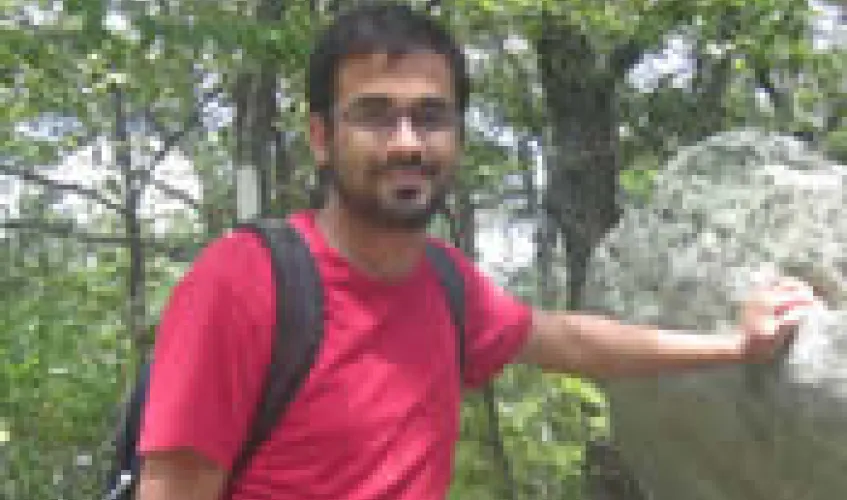September 1, 2016


Ninimesh Kumar
An inability to draw a straight line helped point Assistant Professor Nirnimesh Kumar in his career direction. During his undergraduate studies, Kumar quickly realized that designing ships was not a natural fit, so he transitioned to studying coastal and environmental engineering. There was no looking back.
Kumar joins UW CEE in September 2016, coming from the University of California, San Diego, where he was a postdoctoral scholar at the Scripps Institution of Oceanography. Originally from a small town in east India, Kumar earned his bachelor’s degree at the Indian Institute of Technology in West Bengal, India, where he studied ocean engineering and naval architecture. During his second year in the program, while Kumar was learning how to design ships, his interest in coastal and environmental engineering was piqued during the 2004 Indian Ocean Tsunami.
“I was intrigued by how the tsunami waves propagate through the ocean, interact with the coast, and how we can mathematically model them,” Kumar said. “This topic eventually became my bachelor’s thesis project.”
Following his undergraduate degree, Kumar relocated to the United States to earn a master’s degree in geological sciences and Ph.D. in marine science, both from the University of South Carolina.
Kumar’s decision to join UW was based on several factors. The CEE department is unique, he said, comprised of faculty with broad interests, which allows for a variety of research projects. He was also impressed with the level of collaboration with the Applied Physics Lab and the School of Oceanography.
“I look forward to conducting independent research and addressing new science questions along the Washington Coast,” Kumar said. “I am also eager to teach graduate and undergraduate students and start my own research lab.”
As a coastal physical oceanographer, Kumar studies the region of the ocean extending from the shoreline to a depth of 100 meters. Within this region, he studies how wind, surface waves, tides, buoyance and local water depth influence the circulation pattern. He also analyzes how long it takes for pollutants, contaminants, sediment and larvae to move from shallower to deeper water. To answer these questions, Kumar develops and applies numerical ocean models and uses field measurements. His field research employs acoustic, conductivity and temperature sensors and high-frequency radars to measure water quality.
“Coastal and environmental engineering allows me to use mathematical and physical principles to study something that evolves daily, such as how the waves propagate toward a beach, breaking and moving material around,” Kumar said.
During a recent NSF-funded project, Kumar oversaw modeling studies focused on injection of a large section of coastal water with non-toxic florescent pink dye. This tracked how pollutants and other contaminants traveled across the United States-Mexico border, with the goal of developing models to dilute pollution and predict water safety.
Kumar has been cited more than 150 times for his work in ocean sciences modeling and continues to be a reviewer for publications like Coastal Engineering, Ocean Modeling, and the Journal of Geophysical Research.
Kumar and his wife are looking forward to settling in Seattle and enjoying city life.
Welcome, Nirnimesh!